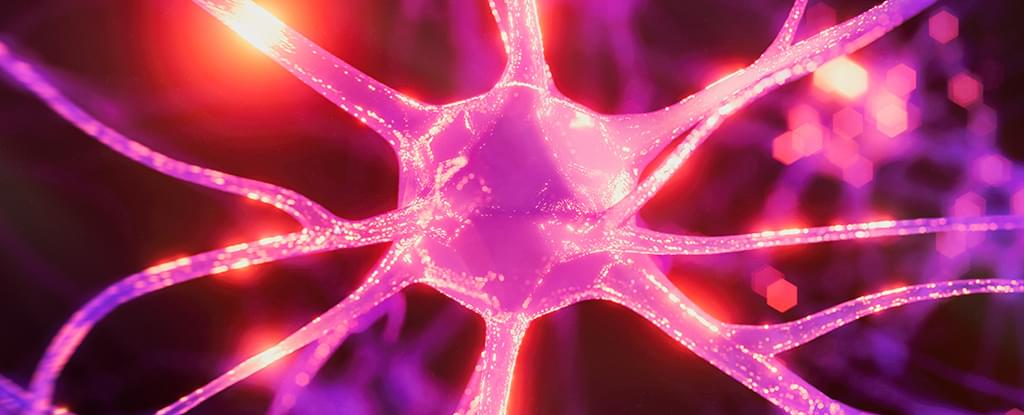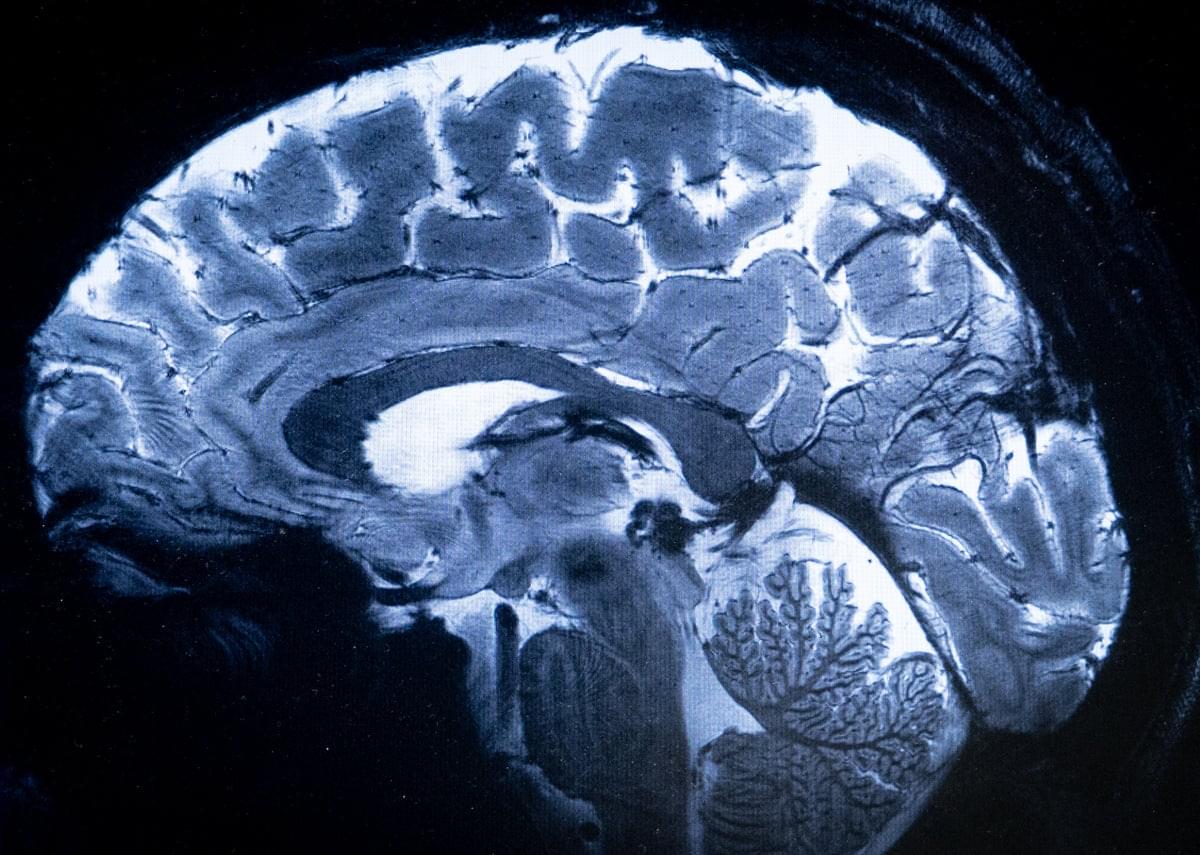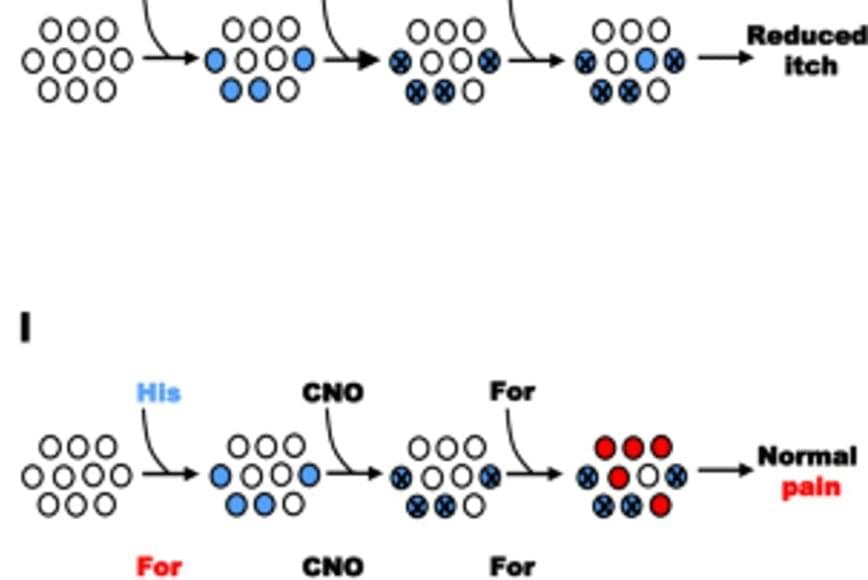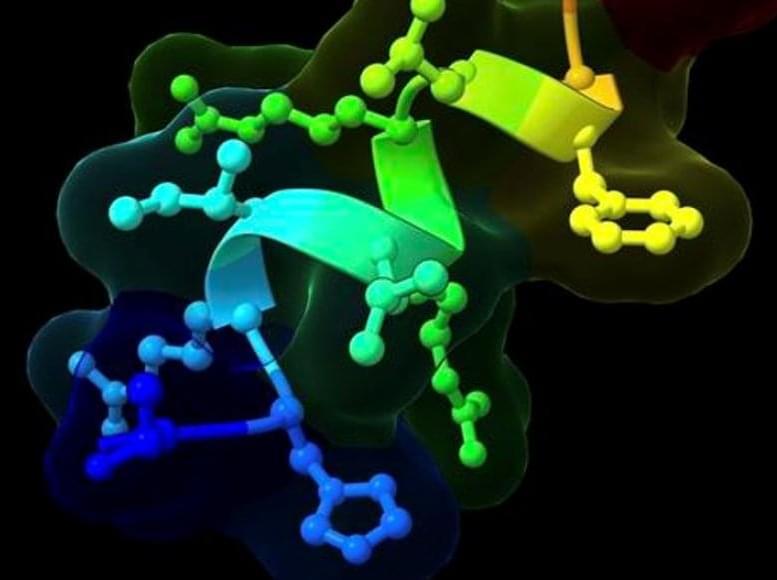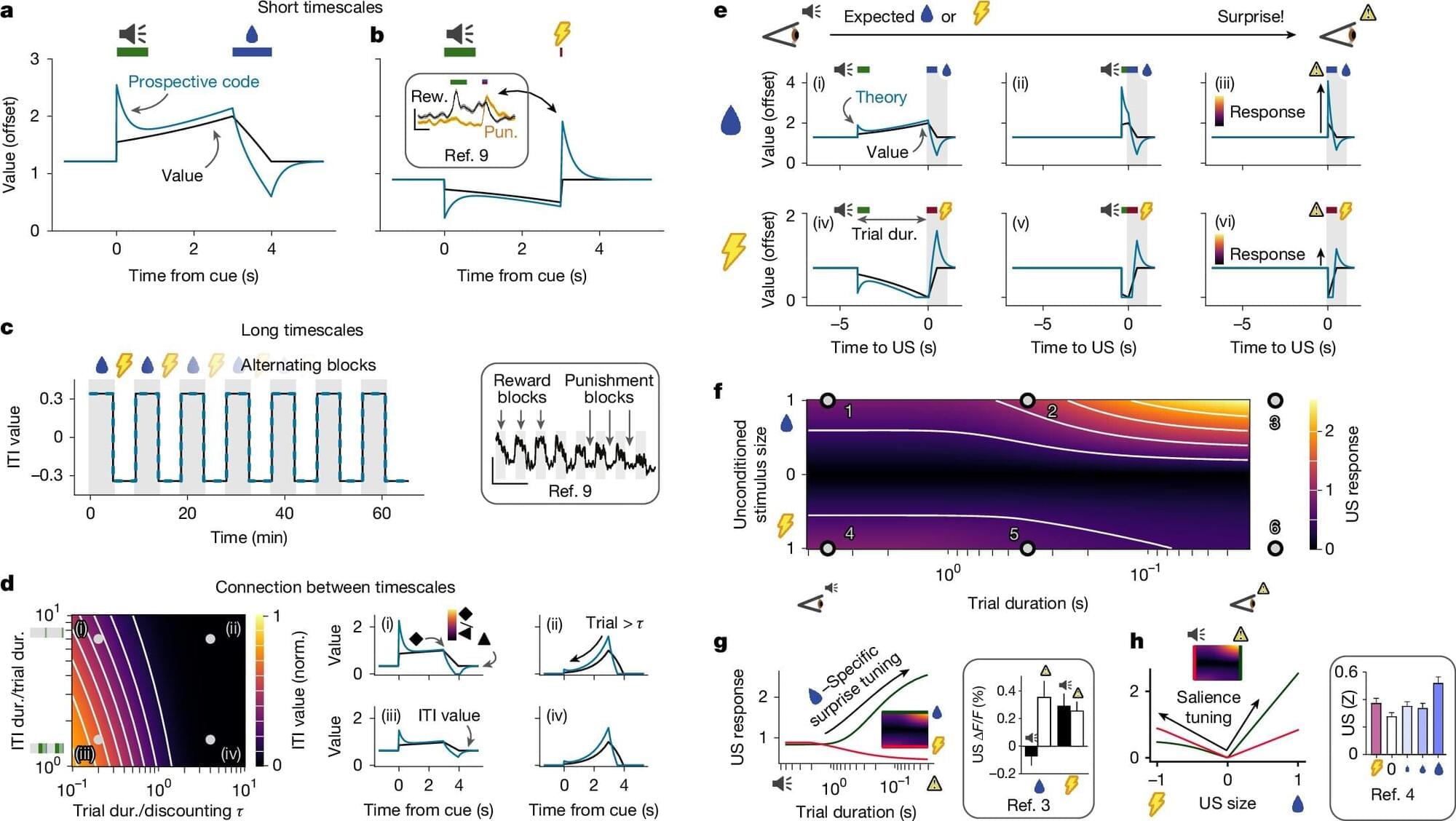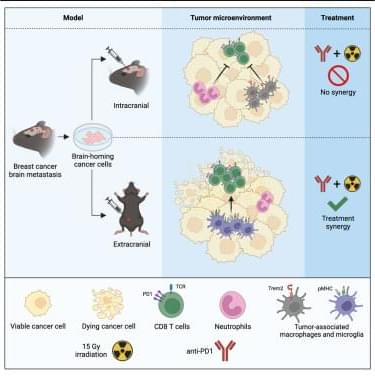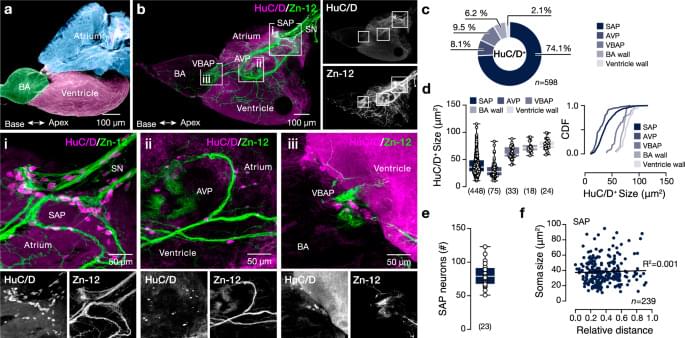Researchers have uncovered two key brain mechanisms—specific neurons and a serotonin receptor—that help explain how psilocybin produces long-lasting antidepressant effects.
Category: neuroscience – Page 68
A new model of Alzheimer’s disease has been proposed, which could speed up efforts to understand and cure the complex condition – while bringing all manifestations of the condition under one unifying theory.
Researchers from Arizona State University suggest that stress granules – protein and RNA clumps that form around cells in stressful conditions due to genetic and environmental risk factors – are the primary culprit behind the disease.
In their new study, the team reviewed data from multiple health databases and past papers – particularly a 2022 study on Alzheimer’s progression – to identify widespread changes in gene expression that come with it.
1. Non-selective neurons, which respond to both pain and itch stimuli indiscriminately.
2. Stimulus-specific neurons, which were selectively activated by either pain or itch stimuli.
Furthermore, using the dual-eGRASP technique—an advanced synaptic analysis method the research team discovered that stimulus-specific neurons in the ACC receive distinct synaptic inputs from the mediodorsal thalamus (MD). This finding indicates that pain and itch are processed by independent neuronal populations within the ACC, which receive differentiated synaptic inputs, providing fundamental insights into the neural mechanisms of pain and itch processing.
To further confirm the role of these neurons, the team used chemogenetic techniques to selectively deactivate either pain-specific or itch-specific neurons. The results showed suppressing pain neurons reduced pain perception without affecting itch, and vice versa. This discovery suggests that these neurons play a direct role in shaping how we experience pain and itch.
A research team have uncovered the neural mechanisms underlying the processing of pain and itch in the anterior cingulate cortex (ACC). This study provides new insights into how the brain distinguishes between these two distinct sensory experiences.
Pain and itch are both unpleasant sensations, but they trigger different responses—pain often prompts withdrawal, while itching leads to scratching. Until now, scientists have struggled to understand how the brain processes these sensations separately, as they share overlapping neural pathways from the spinal cord to the brain.
How microglia facilitate phagocytosis of multiple types of pathological particles.
The functions, and molecular signaling of elevated glycoprotein non-metastatic melanoma B (GPNMB) in various brain diseases is not been well studied.
The researchers report that GPNMB expression in microglia is commonly induced by multiple types of pathological factors (neuronal degeneration caused by seizures, caspase-3-induced neuronal apoptosis, neuronal debris, and β-amyloid) functionally participating in phagocytosis of pathological particles via interaction with lysosomal vacuolar-type proton ATPase catalytic subunit A (ATP6V1A) and anti-inflammation responses.
GPNMB depletion does not influence the severity of acute seizures but exacerbates the development of chronic epileptogenesis. https://sciencemission.com/microglia-phagocytosis-of-pathological-particles
Liu et al. report that GPNMB expression in microglia is commonly induced by multiple types of pathological factors functionally participating in phagocytosis of pathological particles via interaction with ATP6V1A and anti-inflammation responses. GPNMB depletion does not influence the severity of acute seizures but exacerbates the development of chronic epileptogenesis.
Increased serotonin in the gut epithelium is anxiolytic and anti-depressive which is mediated through vagal signaling.
In our day-to-day lives, we’re constantly making a slew of decisions, from immediate matters to prospects on the far horizon. But the evolutionary nuts-and-bolts of how our brains weigh these numerous daily decisions and what role is played by the neurotransmitter serotonin has been shrouded in mystery.
Now, a new study led by an interdisciplinary University of Faculty of Medicine team delivers fascinating findings that potentially unravel a hidden aspect of what our nervous system’s extraordinarily complex serotonin system is really doing inside our skulls.
Published in the journal Nature, this study from a highly impactful international collaboration offers “broad implications across neuroscience, psychology, and psychiatry, enhancing our understanding of serotonin’s role in mood regulation, learning, and motivated behavior.”
The local microenvironment suppresses the synergy between irradiation and anti-PD1 therapy in breast-to-brain metastasis
Posted in biotech/medical, genetics, neuroscience | Leave a Comment on The local microenvironment suppresses the synergy between irradiation and anti-PD1 therapy in breast-to-brain metastasis
Wischnewski et al. demonstrate suppressed CD8+ T cell cytotoxicity in breast cancer brain metastases, contrasting with genetically identical extracranial tumors. Neutrophils and Trem2+ macrophages drive this suppression, limiting the efficacy of combined irradiation and anti-PD1 therapy, highlighting potential therapeutic targets for brain metastases.
New research from The University of Manchester may reshape our understanding of what happens to the immune system when we fast. The study on mice shows that the brain’s hypothalamus controls how the immune system adapts during fasting, through a handful of highly specialized neurons responsible for making animals hungry.
Published in Science Immunology, the study shows the brain’s perception of hunger or fullness, rather than actual eating or caloric restriction, is enough to drive changes in the body’s immune cells.
The findings cast doubt on the current view that a lack of nutrients alone controls how the immune system responds to fasting, indicating the brain has a critical role, beyond the simple absence of food.
Although the heart has its own nervous system, its organization and functionality remain largely unknown. Here, the authors reveal the molecular, chemical, and functional diversity of neurons within the intracardiac nervous system and their role in controlling the heart’s rhythm in the zebrafish.

